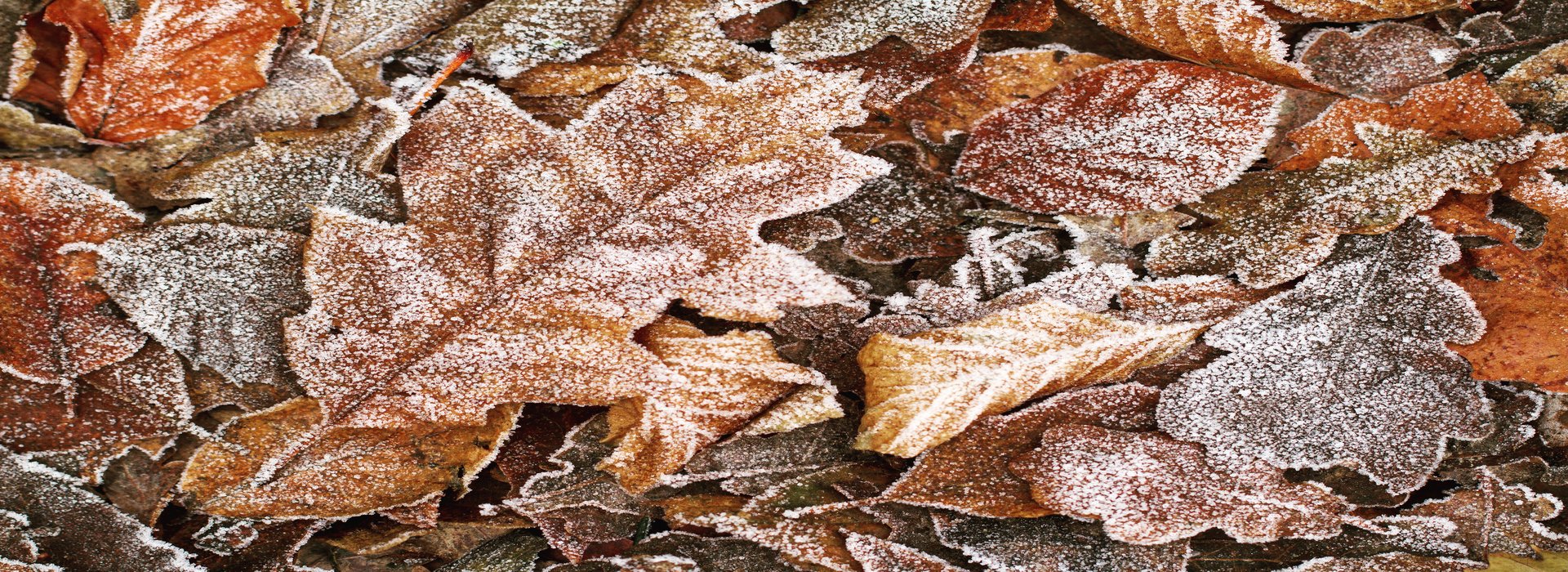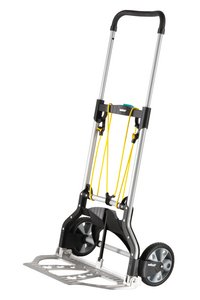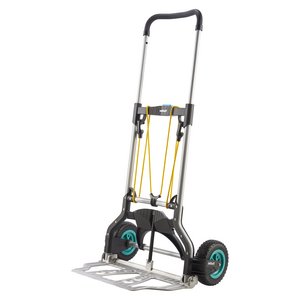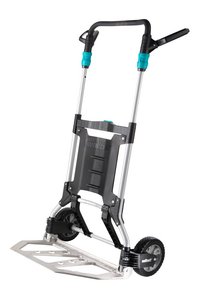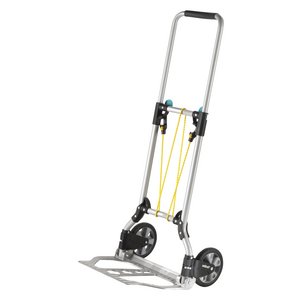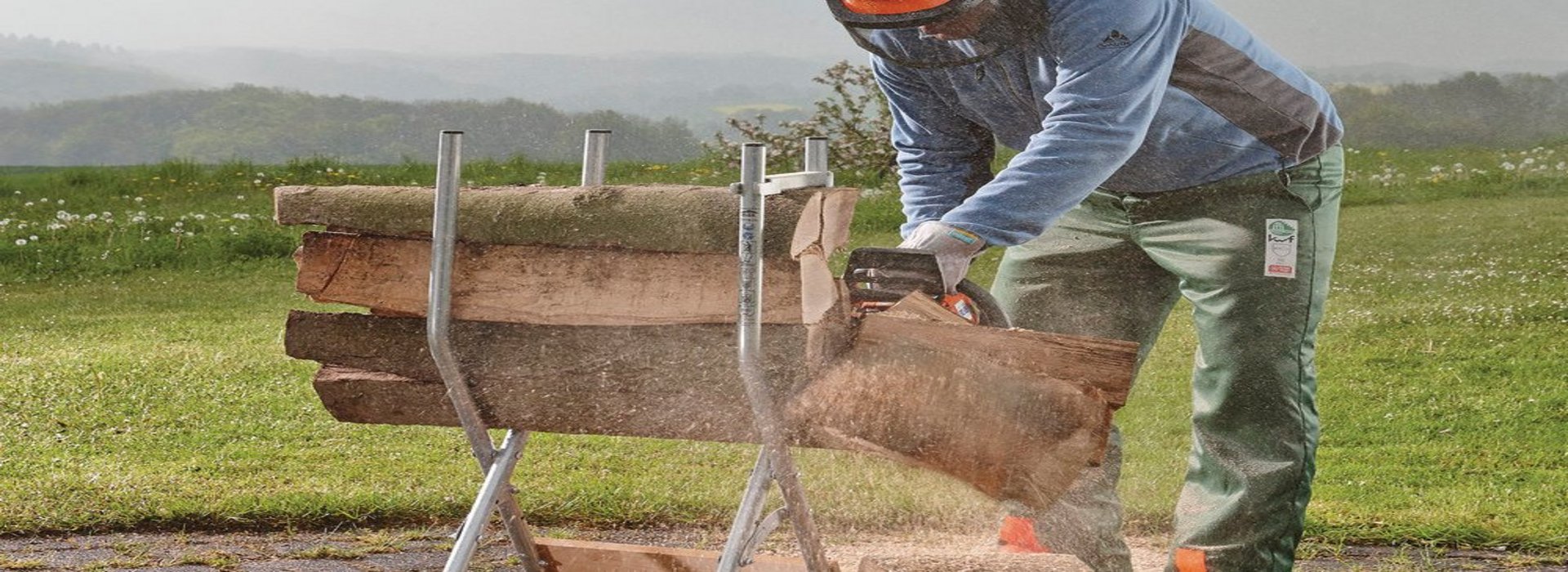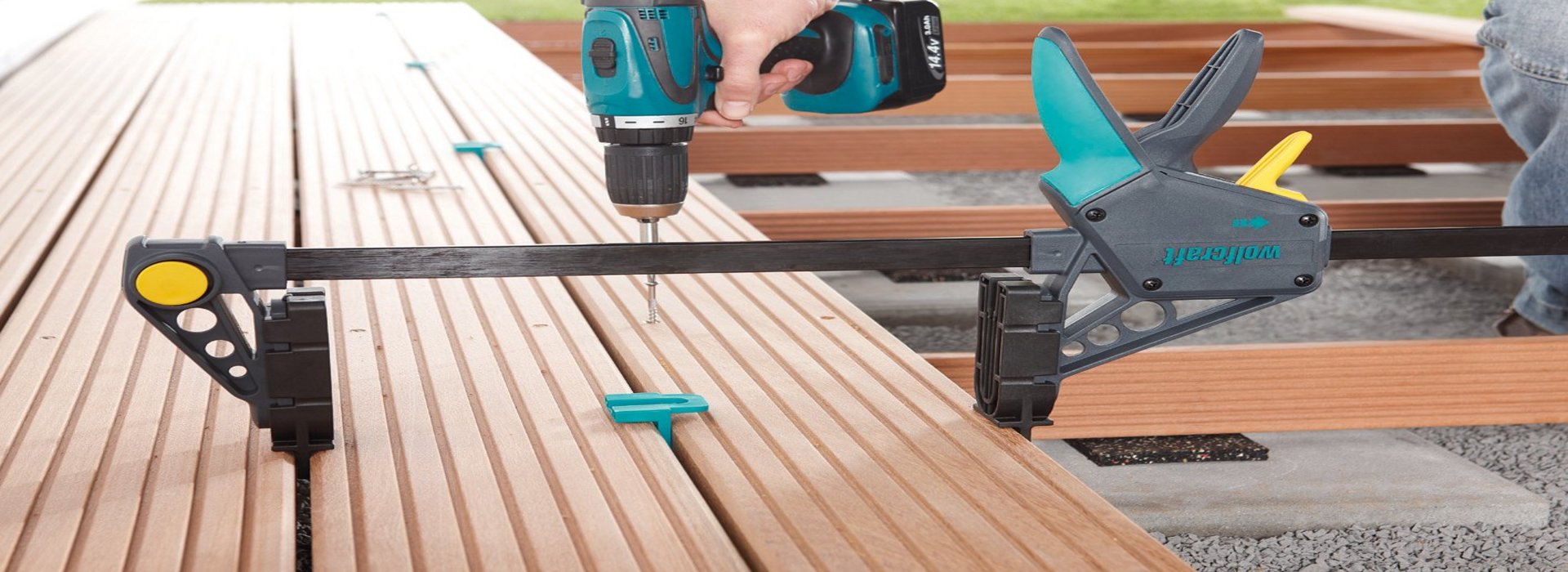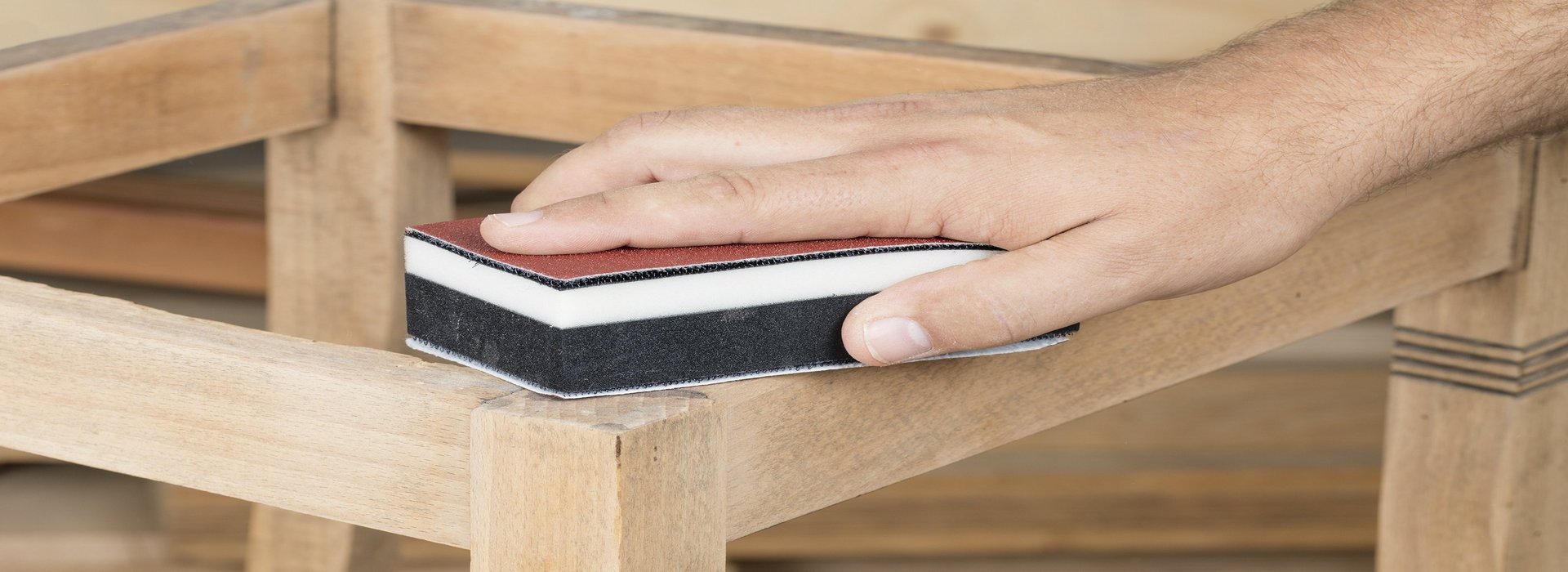How to Winterise Your Green Paradise!
By taking the right precautions at the beginning of the autumn, you can be sure that your garden will be gloriously green and thriving again next year. These seven valuable tips will reveal how to best prepare your garden for the cold months ahead. From care tips to choosing the right plants, you will learn all you need to know about the topic of preparing your garden for window. Let yourself be inspired and get your garden ready for the approaching winter!
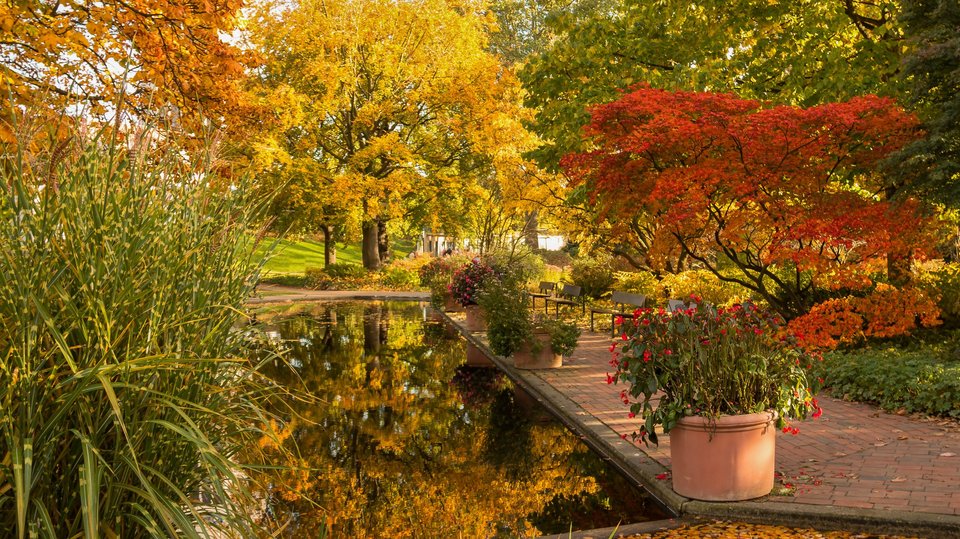
Step 1: Protecting Potted and Bedding Plants From Frost
To help your plants get through the winter well and enjoy their beauty next year, keep the following in mind:
- Balcony and potted plants that are frost-sensitive have to be placed somewhere cool where they are safe from frost (e.g. in the cellar). If this is not possible, they should be wrapped in fleece or jute sacks.
- To protect bedding plants and their roots against frost, cover the ground with mulch or straw.
When you have to relocate plants, our multiple-award-winning transport systems can be of great help.
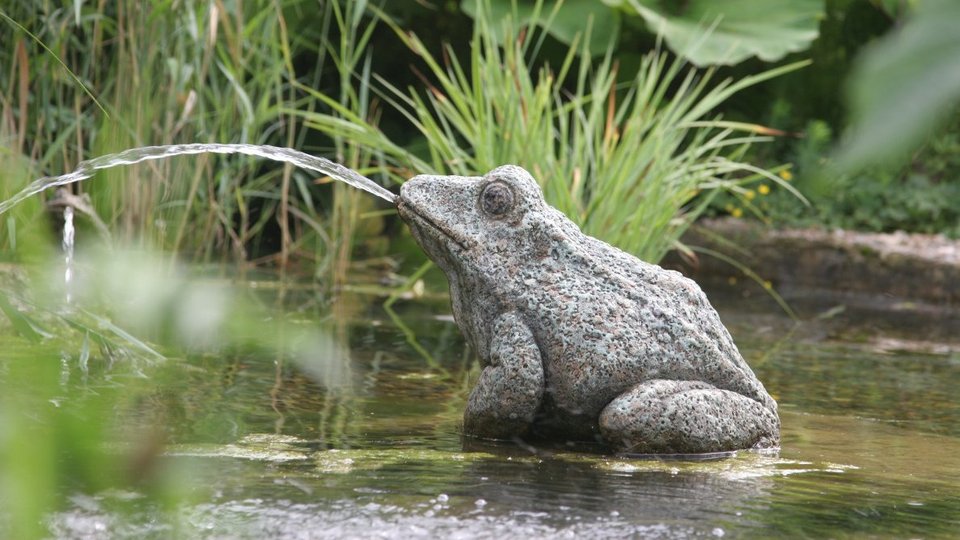
Step 2: Winterising Pond Landscapes
Ponds and water features are a pleasure to look at in summer and create a peaceful and pleasant atmosphere.
Before winter starts, various measures need to taken to maintain the pond landscape:
- To ensure that the water pump will continue to work properly next year, it has to be cleaned thoroughly. This step prevents avoidable formation of algae and ensures that there is enough oxygen in the water.
- The water pipes have to be emptied to prevent frost damage.
- Excessive mud has to be cleared out of the pond. It can be reused as fertilizer in the plant beds.
If there are fish in the pond and you are not sure whether the pond is going to freeze entirely, simply cover it! Use a layer of styrofoam boards and place a tarpaulin over it (you can secure it with our tensioning rubber bands).
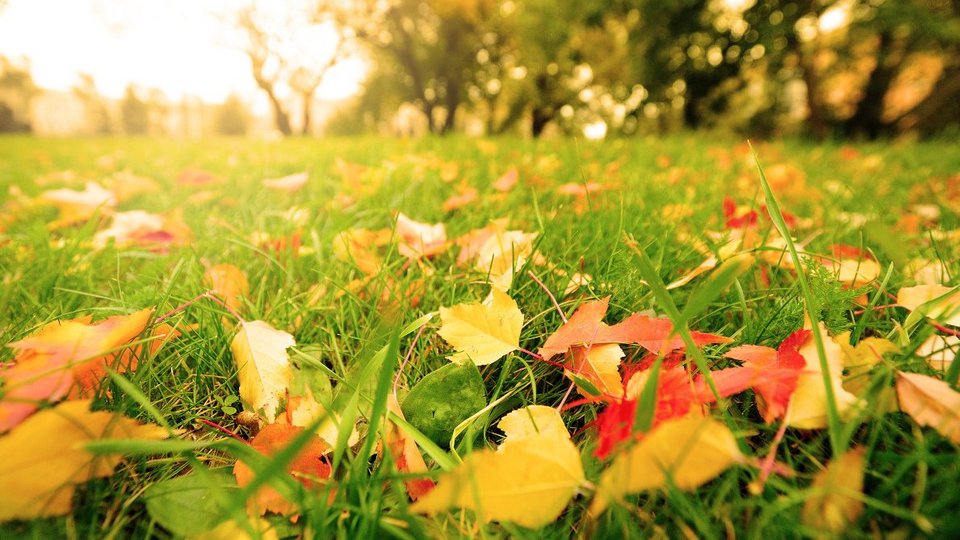
Step 3: Correctly Caring for Lawns
In autumn, fallen leaves have to be removed from lawn areas, else the lawn will suffer from unsightly brown spots in spring.
Tip: If you use a lawnmower with a collection box to drive over the leaf-covered area at a high setting, you can not only collect the leaves, but also cut them up at the same time. This will make them decompose faster on the compost heap.
If necessary, you can scarify the lawn and fertilise it in the same step. Now is also the time to re-sow patches that are particularly empty.
If you take these measures, you'll get to enjoy a luscious green lawn next year again.
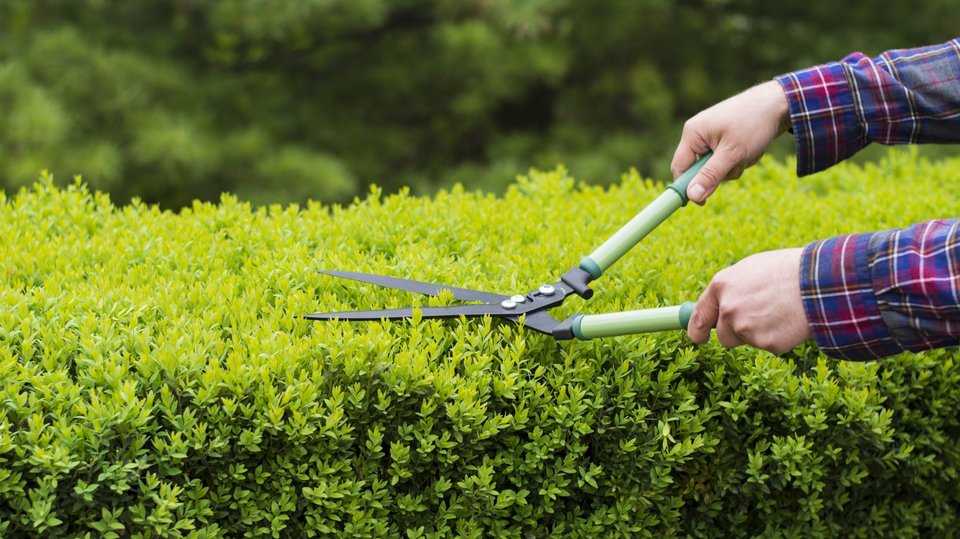
Step 4: Pruning Trees and Shrubs
The best time to prune trees, shrubs and hedges in the garden is early September to mid-October. Take care to not trim them too short, else there is risk of frost damage and dehydration.
It is also recommended to cut off withered flowers and leaves as soon as possible, to prevent any mould from spreading to the other flowers and leaves.
For thin branches, our MegaCut S Precision All-Purpose Cutter is the right choice.
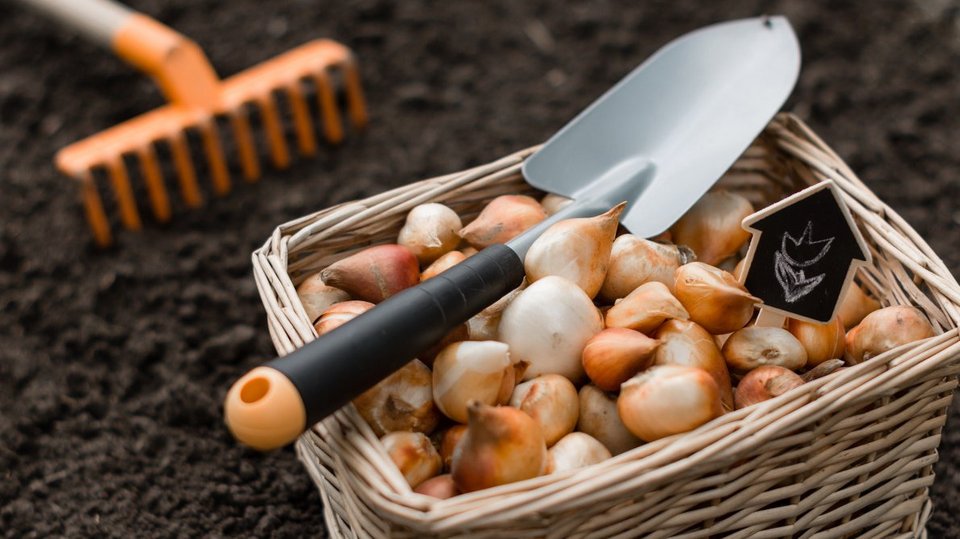
Step 5: Planting Flower Bulbs and Tubers
Before early blossoming plants such as tulips or daffodils can be planted, all weeds have to be removed from the bed. When burying the bulbs, take care to ensure that the soil is water-permeable, to prevent waterlogging. If the soil isn't adequately permeable, a sensible solution is to put a layer of sand, 1 cm thick, around the bulbs. Also use a plastic or metal planting basket to protect the bulbs from voles.
Frost-sensitive bulbs, like dahlias, have to be dug out and overwintered in a cool, dry place (for example in the cellar).
Additionally, groundcovers and deciduous and conifer evergreens can be potted or replanted before autumn starts.
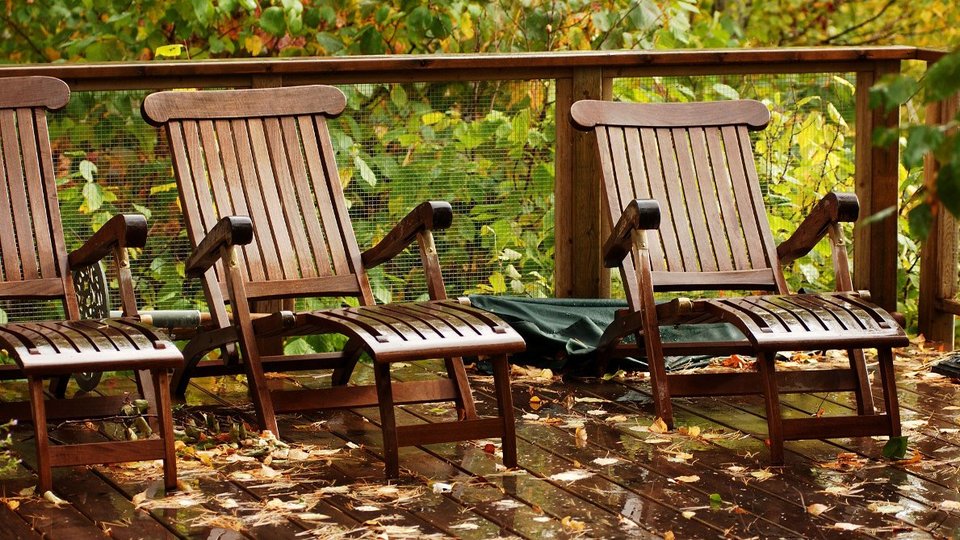
Step 6: Stowing and Storing Garden Furniture
Autumn has its share of pleasant, sunny days, but it is nevertheless time to start preparing the garden furniture for the winter. Regardless of the material it is made of, most furniture is prone to damage from frost and moisture.
- Plastic furniture, for instance, is particularly susceptible to frost, which causes tiny cracks in the material. This does not affect the stability, but dirt can easily accumulate in these cracks.
- Wooden furniture is highly sensitive to frost and moisture; it is therefore paramount to put it in a sheltered place, to prevent fungal, mould and parasite infestations. It should also be treated and impregnated all year round. This can be done with a special wood stain.
- Metal furniture is not susceptible to frost damage, but depending on the surface finish, needs to be protected against long-term contact with moisture.
In general, garden furniture should thus be stored in a dry, frost-free place where it is protected against UV light. It is not always possible to store the furniture in a cellar, garage or tool shed. In that case, a useful solution is to cover the garden furniture with a tarpaulin. The tarpaulin can be held in place with tensioning rubber bands.
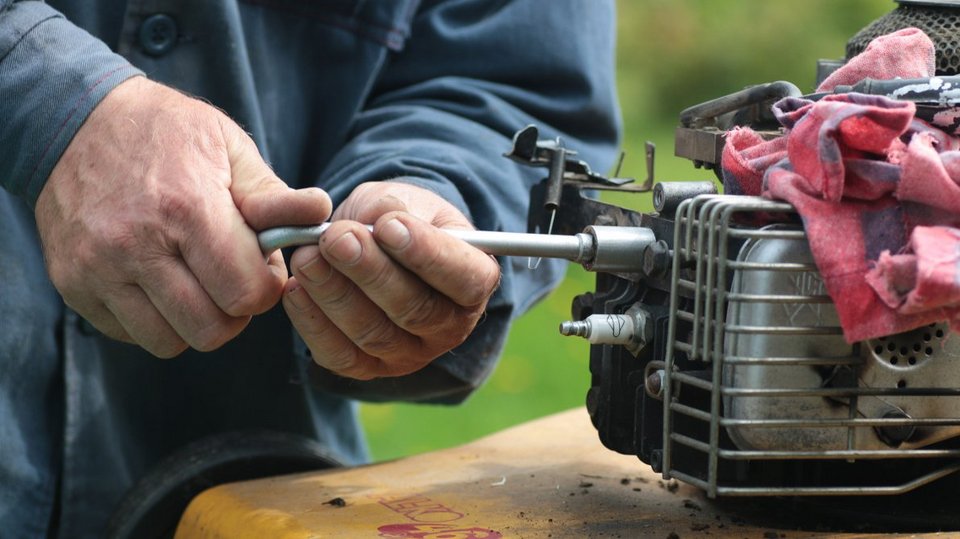
Step 7: Maintaining Garden Tools
Garden tools also need a bit of attention before the winter starts. The most important measures:
- Thorough cleaning
Keep in mind that the tools have to be completely dry before they are put into storage, else there is risk of rust or of damage to the wood. You can use wire brushes to clean the garden tools.
- Completely empty the tank of the lawnmower:
Fuel loses its flammability in the course of time, which could lead to problems with the ignition in spring. Another reason not to leave any fuel in the tank is resinification. For example, if the resinous petrol gets into the fuel lines and the carburettor, it could cause severe damage.
- Disconnect batteries of powertools and store them in a dry place:
When put into storage, the battery should hold a charge of around 30% and should only be recharged fully once the powertool is about to be used again.
- Sharpen knives and scissors:
You can use our knife and scissor sharpener, for example.
Our three ceramic mounted points can be used to sharpen the chain of the chainsaw.
Conclusion: If these points are kept in mind and the tools are stored in a dry, frost-proof place that is preferably dust-free as well, they have a long service life and be ready for trouble-free use in spring.

